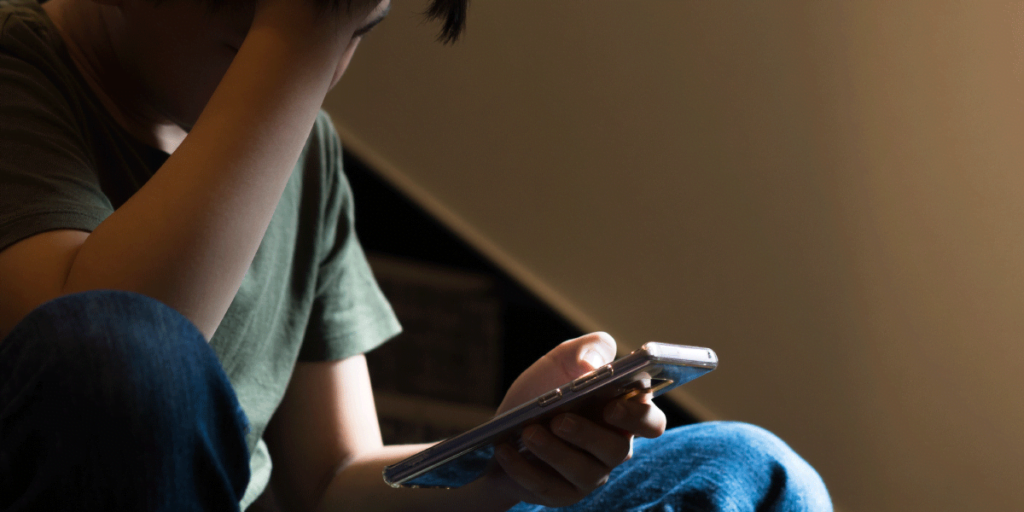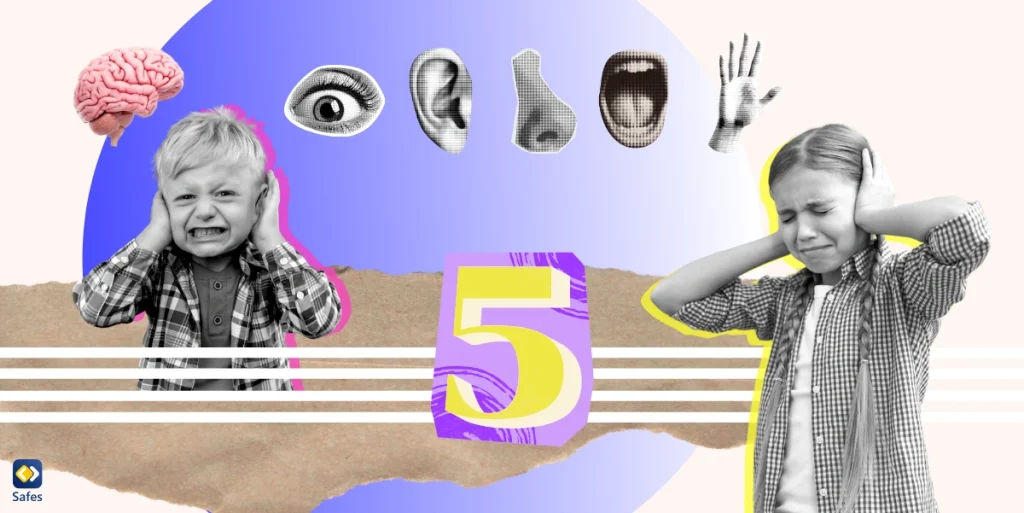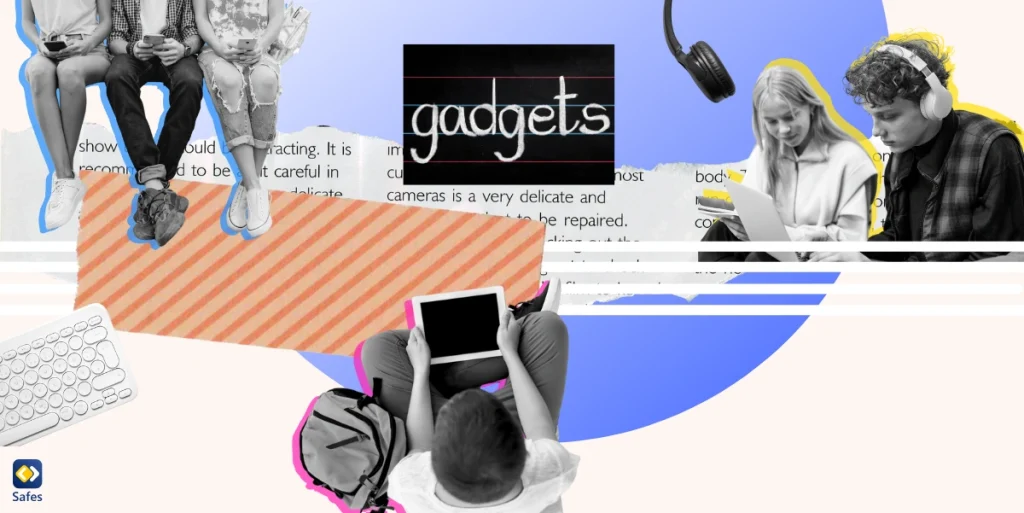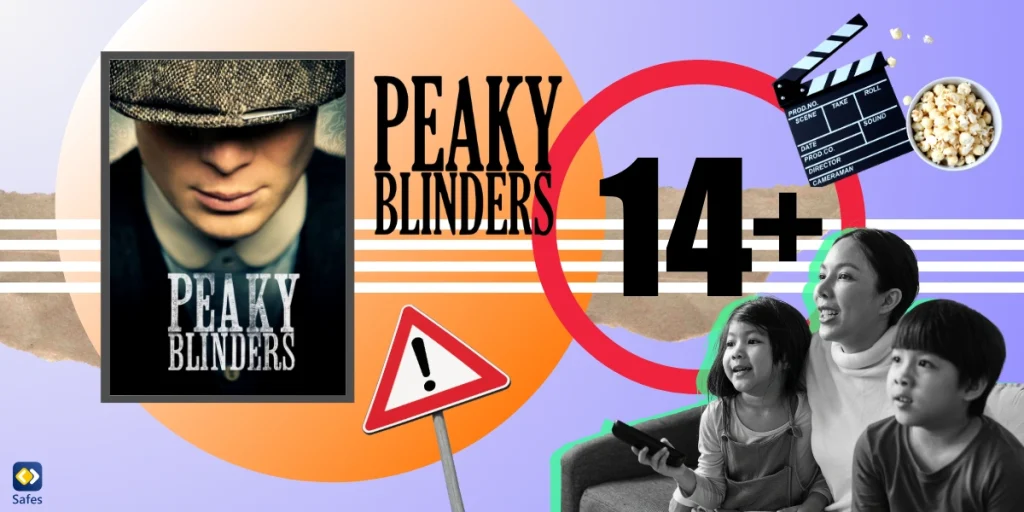The internet isn’t a kind place. You’d think most people know that by now. Yet we still get scared after we’ve given out personal information to someone who’s no longer responding or hurt when we read a nasty comment. If we, as adults, react like this to a world in which we understand then how will a kid respond?
Unfortunately, the most dangerous apps in the Play Store and App Store are getting out of hand. Their content is blurring the lines between what’s appropriate and what isn’t for a child. This has led to confusion on the part of many parents. And we’re here to clear that up and answer “What apps should kids not have?”
How Did We Choose the Most Dangerous Apps for Kids?
The apps we’ve chosen for this article are dangerous in one of two ways. First, they’re not appropriate for children but they use them anyway. Second, they’re apps that have age requirements we at Safes don’t agree with. For example, both Tinder and Snapchat are on this list. Tinder is obviously not appropriate for your child, but they may have installed it anyway. On the other hand, Snapchat’s age requirement is 13+, but the content on the app says otherwise.
We have divided the popular social media apps here into three main categories based on the most immediate danger they expose your child to. The three main dangers are:
- Cyberbullying
- Mature Content
- Sexual Predators
Many of the dangerous apps below can be considered dangerous among two or more of the above categories. These apps are among the worst apps for kids. You should try your best to not let your child be exposed to them. We’ve also checked out the parental control settings of each of these apps and will inform you if they’re any good.
Dangerous Apps List
We have divided the apps below into three main categories based on the primary threat they bring to the table.
Cyberbullying
Cyberbullying (also known as cyberharassment) is when someone, typically a teenager, bullies others online. This form of bullying can include acts such as spreading rumors, making sexual remarks, sending death threats, relaying an individual’s personal information, etc.
Cyberbullying can cause harm, especially among vulnerable age groups such as teenagers. This harm can range from hurt feelings and lowering self-esteem, to an increase in suicidal thoughts. This is why you should take cyberbullying seriously, especially on social media platforms. Your child may always risk being cyberbullied but the chances increase greatly if they use the apps below.

Ask.FM
Ask.FM is a platform that lets users chat, ask, and answer questions anonymously. Although people can create accounts, it’s not necessary to use the app. The app has a dark history of cyberbullying but it’s still popular. To be fair, the app’s parent company has tried to address cyberbullying issues. But sometimes, you just can’t fix bad ideas, you simply have to toss them out. Also, the app has no built-in parental controls.
TikTok
TikTok is the go-to example of an app that children use but isn’t suitable for them. The app lets your child create videos, post them online, and get reactions in the form of likes, comments, etc. Your kid can also engage with other people’s content. TikTok’s algorithm makes sure strangers see every video on the platform. TikTok can be the source of a lot of cyberbullying like body shaming.
The app has parental controls. This can help you if you want to know how to keep kids safe on TikTok instead of blocking the app entirely. Keep in mind that there’s a chance your kids hide TikTok under your nose. After all, all the cool kids are using it, so why not them? The parental controls settings on the app aren’t perfect. However, using them instead of blocking the app depends on how mature you think your child is. It’s a very subjective matter that depends entirely on your own judgment.
Mature Content
What we mean by mature content is whatever content is designed and appropriated for a mature audience. This includes sexual content as well as mature jokes told for adults to understand. Also, the overuse of swear words on a platform, such that its common tongue, is mature content.
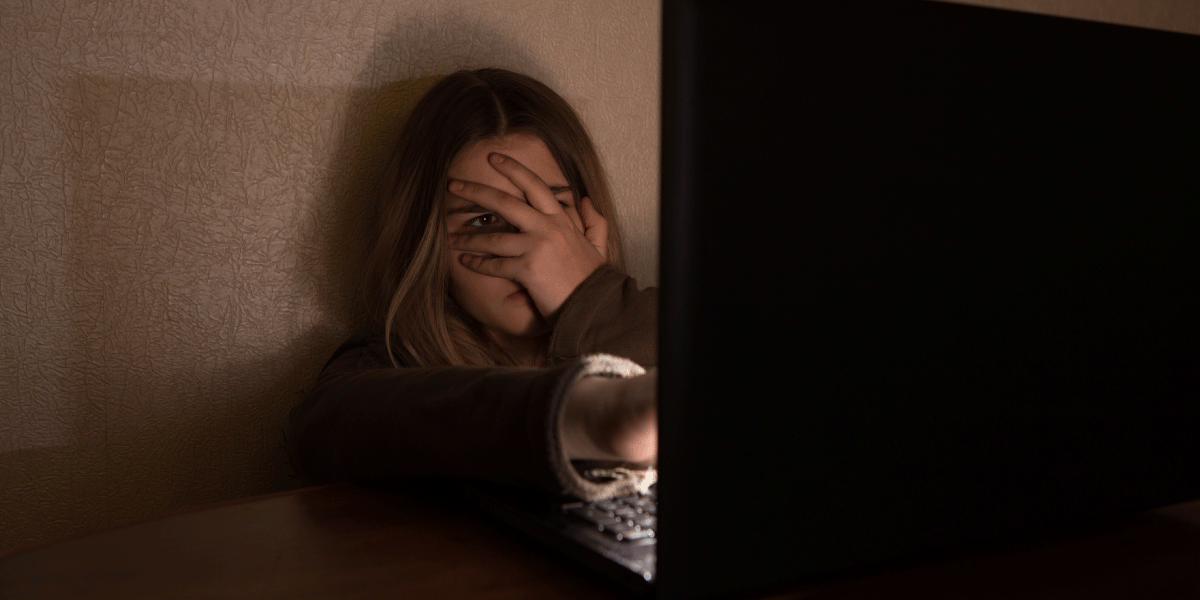
Kik
Kik prides itself in letting users chat with strangers. But, if you haven’t noticed, children and strangers don’t generally mix well. Kik’s minimum age requirement is 13 years old. So, the messaging app can easily lend itself to sexting and sending other explicit content. Not to speak of the risk of grooming and such. By the way, the app has no parental controls whatsoever.
Snapchat
Snapchat is a messaging and video chat app with an interesting twist. The text messages and media files you send someone are called snaps. They only live for 1-10 seconds (some new features allow you to keep a post online for 24 hours). This might give your child the wrong idea about what they can send without getting caught. Most kids don’t know that what they send to someone else can be screen-recorded.
If the receiver takes a screenshot with their phone, it will notify the sender. But there’s no way to know what third-party app someone else is using. Snapchat can bring out the worst behavior in your kids under the illusion that nobody will ever see what they send again. Though the answer to “Is Snapchat safe for kids?” is no, the app does have a certain number of features in its parental controls.
9GAG
The king of internet memes. 9GAG has become one of the most popular sources of user-created content, namely, memes. If you haven’t heard of or visited the site, you’ve almost definitely come across its memes on other social media platforms.
9GAG has both an app and a website, both of which contain extremely inappropriate content. The biggest problem is that anyone can see the content on their site without the need to have an account or verify their age. Obviously, 9GAG doesn’t have parental controls.
OnlyFans
First of all, you should know that the description of OnlyFans is very different from what you’ll find on the platform. The app allows users “pay” to see content from their favorite creators. There, that’s the description. However, what you will find on OnlyFans is an overwhelming amount of prostitution.
There are different ways to pay and the age verification process is rubbish as always. Alarmingly, there have been reports of underage individuals selling nude photos on the platform. This app shouldn’t even be on your kid’s phone for you to think about whether it has parental controls or not. But just in case you’re curious, it doesn’t.
Sexual Predators
Sexual predators are a difficult topic to discuss. That’s mainly because it’s so hard to believe they exist in the first place. Unfortunately, they do exist and can easily contact your child through online communication. Some of the apps that exist can be “child predator apps” since they make things so easy and risk-free for online predators.

Holla
Holla is one of many “live random chat” apps that have risen in popularity in recent years. Honestly, it’s a fun premise but like a lot of good ideas, it’s only good on paper. In reality, the app’s features lend themselves to sexual predators who need a cover to get to know underage individuals in their area.
Apple’s App Store banned Holla some time ago because of the many complaints against it and several other apps. The Washington Post reported on the issue. It’s safe to say Holla is one of the most dangerous apps in the App Store. Alarmingly, the app is still available for download on the Play Store. Also, there’s a web browser version which doesn’t make things better. The cherry on the bottom is that Holla doesn’t feature parental controls.
LIVE.ME
Honestly, the features of LIVE.ME are terrifying to begin with. The app’s main feature is to let people livestream themselves at any given moment. The problem is that it also shows your location to other users so they can know who’s streaming next to them. The location-sharing feature explains why it’s in the “Sexual Predators” category. And no, it doesn’t have parental controls.
Whisper
Whisper gets closest to preserving its users’ anonymity but that’s only in competition with other apps. All in all, it’s still a long way from being truly anonymous. Unfortunately, the illusion of being anonymous attracts lots of teens and another group, which you can guess yourself. The app has a 17+ minimum age requirement but we all know how that goes. An example of a sexual predator using Whisper has even been a news headline. Furthermore, the app lacks parental controls.
Dating Apps
These apps include Tinder, Bumble, Hinge, or any other dating app released in the future. As a parent, you should know that they are not for underage individuals. Unfortunately, some underage individuals, especially those about to turn 18, create profiles on these apps. They do so either for fun, out of curiosity, or to get a head start on dating.
No matter the reason, there’s no excuse for an underage individual to use a dating app. Obviously, there are no parental controls on any dating apps.
Additional Dangers of Inappropriate Apps for Kids
Apart from the three main dangers described above, there are a few other dangers kids face when they use these kinds of apps. The most prominent is oversharing personal information, such as a phone number. It’s much easier for kids to trust strangers. Parents have to teach them not to do so. Sometimes, they can’t imagine what use their personal information would be to someone else so they might think there’s no harm in sharing.
Another problem is the addictive nature of some of these apps. For example, Snapchat has a feature called Snapstreak which requires users to snap at least three times in 24 hours to get a “score”. This gamification of the app is just an example of ways these apps try to engage users without adding to their features.
Finally, getting scammed is a huge problem in the online world. And since kids and teens are more vulnerable to trusting strangers, getting scammed is part of the deal if they have any money to use. Make sure they don’t have access to your credit card just to be safe.
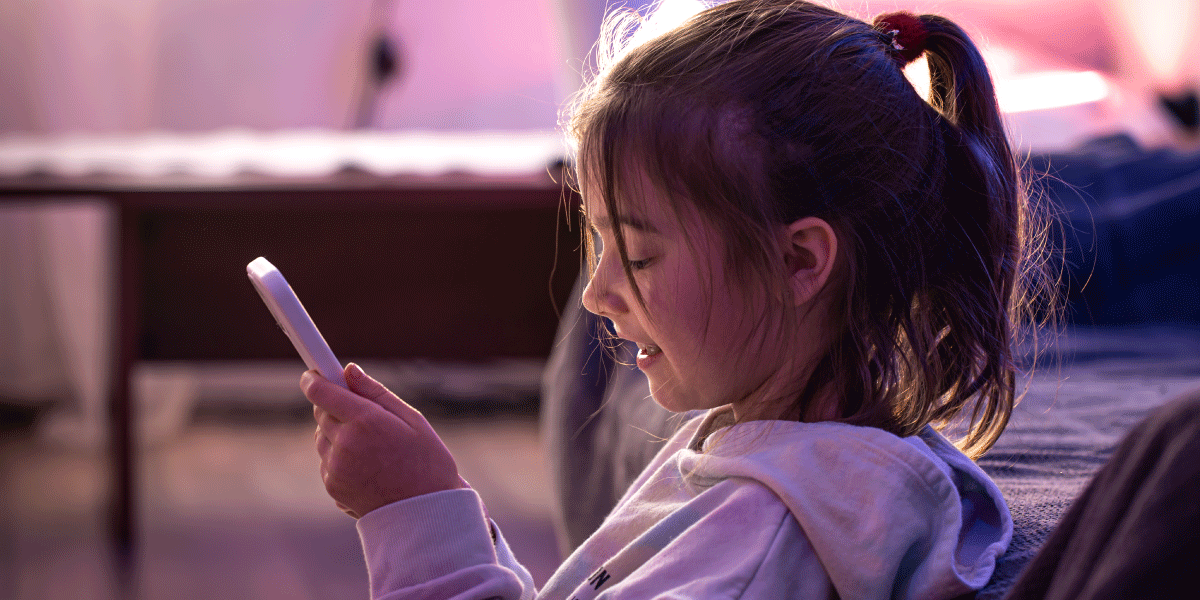
How Can I Get Rid of Dangerous Apps for Kids?
Dangerous apps are plenty and a true list of all of them would be never-ending. The best way to go about keeping your child safe from the dangers of such apps is to use a parental control app. An app like Safes can let you instantly block all or specific apps on your child’s phone, promoting online safety.
Safes also allows you to keep track of what apps your kid is using so they can’t hide anything from you. If you think the app is becoming too addictive, you can simply add a screen time limit or set a schedule.
Concluding the List of Apps for Parents to be Aware of
This article might have been full of bad news for those of you who weren’t familiar with the apps described above. But the good news is that by using Safes you can easily block apps, limit their screen time, and set schedules for your child’s use. To learn more about the pricing and features of Safes, feel free to contact us or download the app! To explore Safes’s features and benefits firsthand, sign up for our free trial today!
